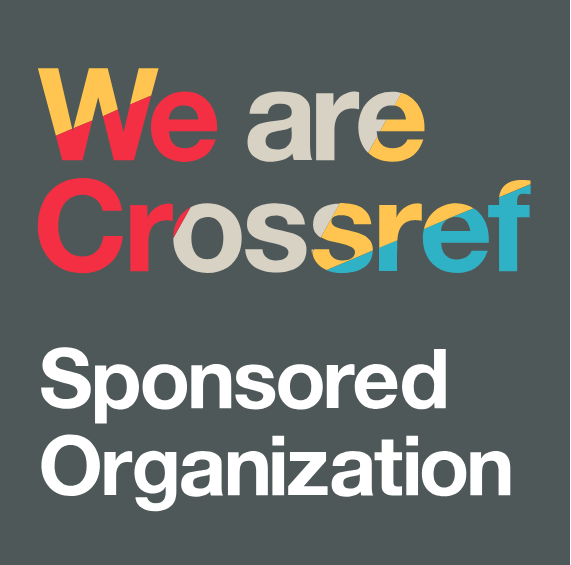Civil Liability for Clients Who Suffer Losses in Using the Services of an Attorney Using Artificial Intelligence
DOI:
https://doi.org/10.38035/jlph.v5i1.894Keywords:
Civil Liability, Advocate, Artificial IntelligenceAbstract
Artificial Intelligence has become an inseparable part of everyday life. Artificial Intelligence has been designed to help humans in various ways. included in the legal profession of an advocate to serve clients. Artificial Intelligence can be a tool in serving clients by not eliminating or changing the function and position of the advocate profession by considering, examining the data or documents provided by Artificial Intelligence. Advocates can use Artificial Intelligence to automate data document processing. This includes classifying documents, highlighting important issues, and extracting relevant information from them. By using Artificial Intelligence document processing can be done quickly and efficiently, thereby saving time and costs. With various types of Artificial Intelligence, of course there are errors and losses for users that cannot be avoided. In the use of Artificial Intelligence, it is found that the injured party is the client. With the discrepancy in the data results provided by Artificial Intelligence, this causes the client to be harmed because there is a discrepancy in the data and facts which makes the client feel that there is an error that the data processing robot should have carried out the data analysis to produce result B even though the data.
References
Alamanda, D. T., Kania, I., Setiawan, R., & Silfiani Rahayu, S. (2020). Business Strategy for Religious Tourism in Mount Haruman, Indonesia. Iapa Proceedings Conference, 369. https://doi.org/10.30589/proceedings.2020.416
Amiruudin & Zainal Askin. (2012). Pengantar Metode Penelitian Hukum. Raja Grafindo Persada.
Ashley, K. D. (2017). Artificial Intelligence and Legal Analytics: New Tools for Law Practice in the Digital Age. Cambridge University Press.
Binns, R. (2017). Algorithmic Accountability: A Human Rights Perspective. Internet Policy Review. 7(1), 1–17.
Branting, L. K., Albiston, C. R., & Urban, D. J. (2020). Using Machine Learning to Analyze Judicial Behavior in Real Time. Journal of Legal Studies, 49(2), 275.
Goodman, B. (2018). Ethical Machines: The Legal and Ethical Implications of Using Artificial Intelligence in Law. Journal of Law and Technology, 33(2), 215.
Hildebrandt, M. (2015). Smart Technologies and the End(s) of Law (Novel Enta). Edward Elgar Publishing.
Leenes, R. (2017). Regulating New Technologies in Uncertain Times. . Springer.
Mamesah, S., Tumbuan, W. J. F. A., & Tielung…, M. V. J. (2020). the Influence of Brand Identification and Brand Satisfaction of Smartphone Products on Brand Evangelism Pengaruh Brand Identification Dan Brand Satisfaction Produk Smartphone Terhadap Brand Evangelism Mahasiswa Feb Unsrat. Jurnal EMBA, 8(1), 11–20.
Parker, G., & van Alstyne, M. (2018). Platform Revolution: How Networked Markets Are Transforming the Economy. W.W. Norton & Company.
Surden, H. (2019). Artificial Intelligence and Law: An Overview. Georgia State University Law Review, 35(3), 1–2.
Veale, M., & Brass, I. (2019). Governance by Design: Big Data and the Policy-Making Process in the European Union. Big Data & Society, 6(1), 1–18.
Wirtz, B. W., Weyerer, J. C., & Geyer, C. (2019). Artificial Intelligence and the Public Sector—Applications and Challenges. International Journal of Public Administration, 42(7), 596.
Downloads
Published
How to Cite
Issue
Section
License
Copyright (c) 2024 Sholikhatus Hidayati, Uswatun Hasanah

This work is licensed under a Creative Commons Attribution 4.0 International License.
Authors who publish their manuscripts in this journal agree to the following conditions:
- The copyright on each article belongs to the author(s).
- The author acknowledges that the Journal of Law, Poliitic and Humanities (JLPH) has the right to be the first to publish with a Creative Commons Attribution 4.0 International license (Attribution 4.0 International (CC BY 4.0).
- Authors can submit articles separately, arrange for the non-exclusive distribution of manuscripts that have been published in this journal into other versions (e.g., sent to the author's institutional repository, publication into books, etc.), by acknowledging that the manuscript has been published for the first time in the Journal of Law, Poliitic and Humanities (JLPH).


























